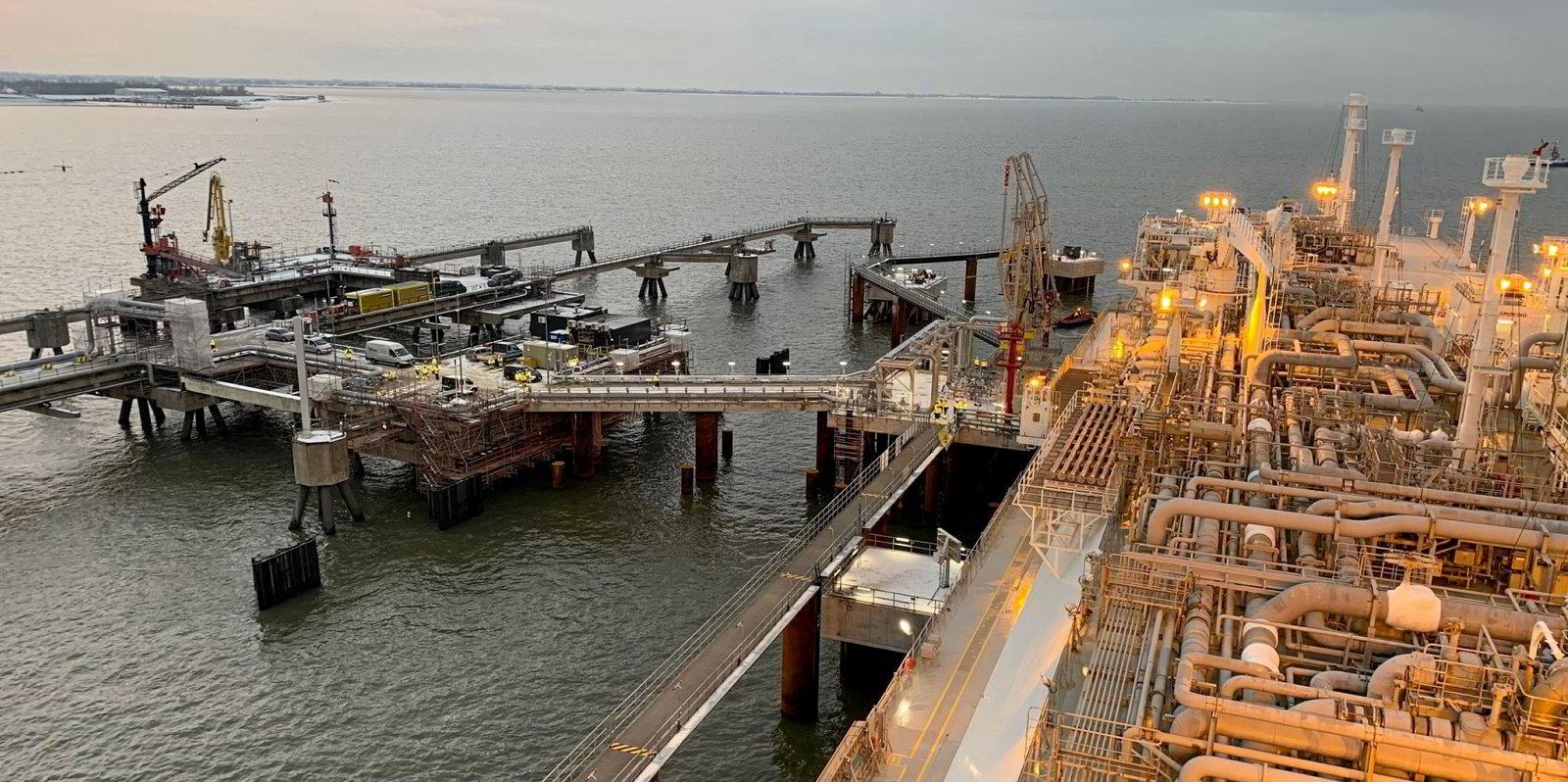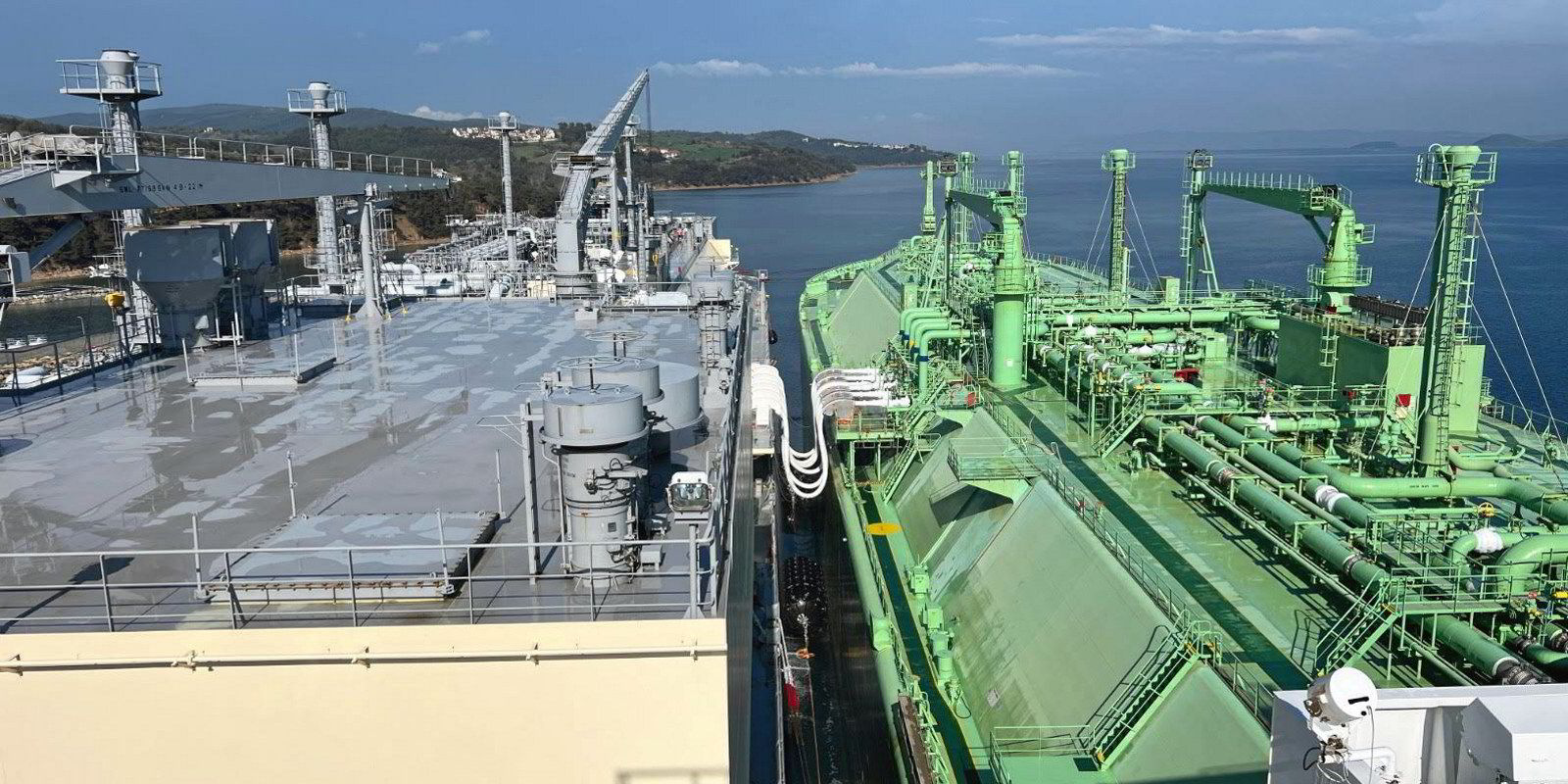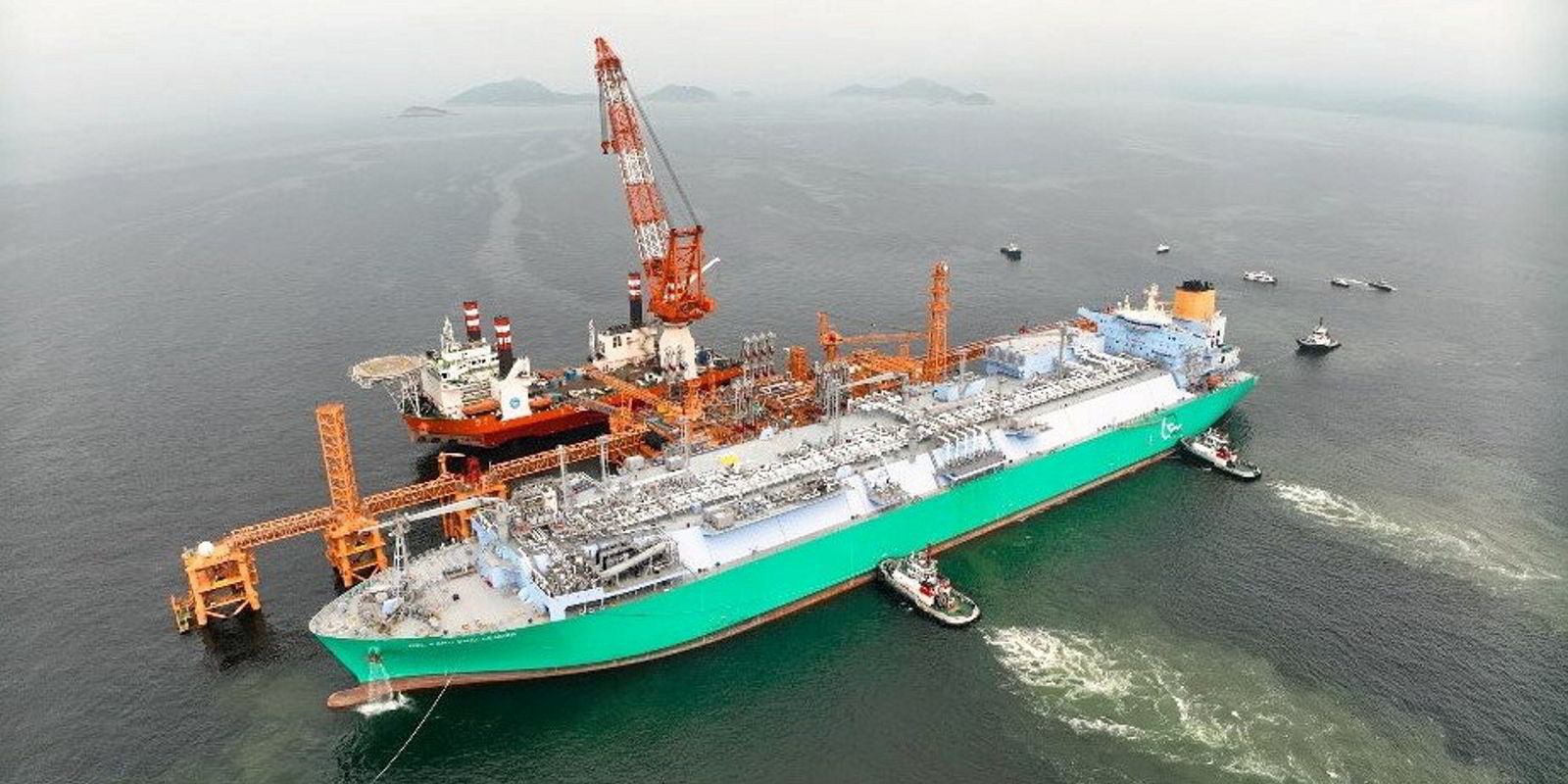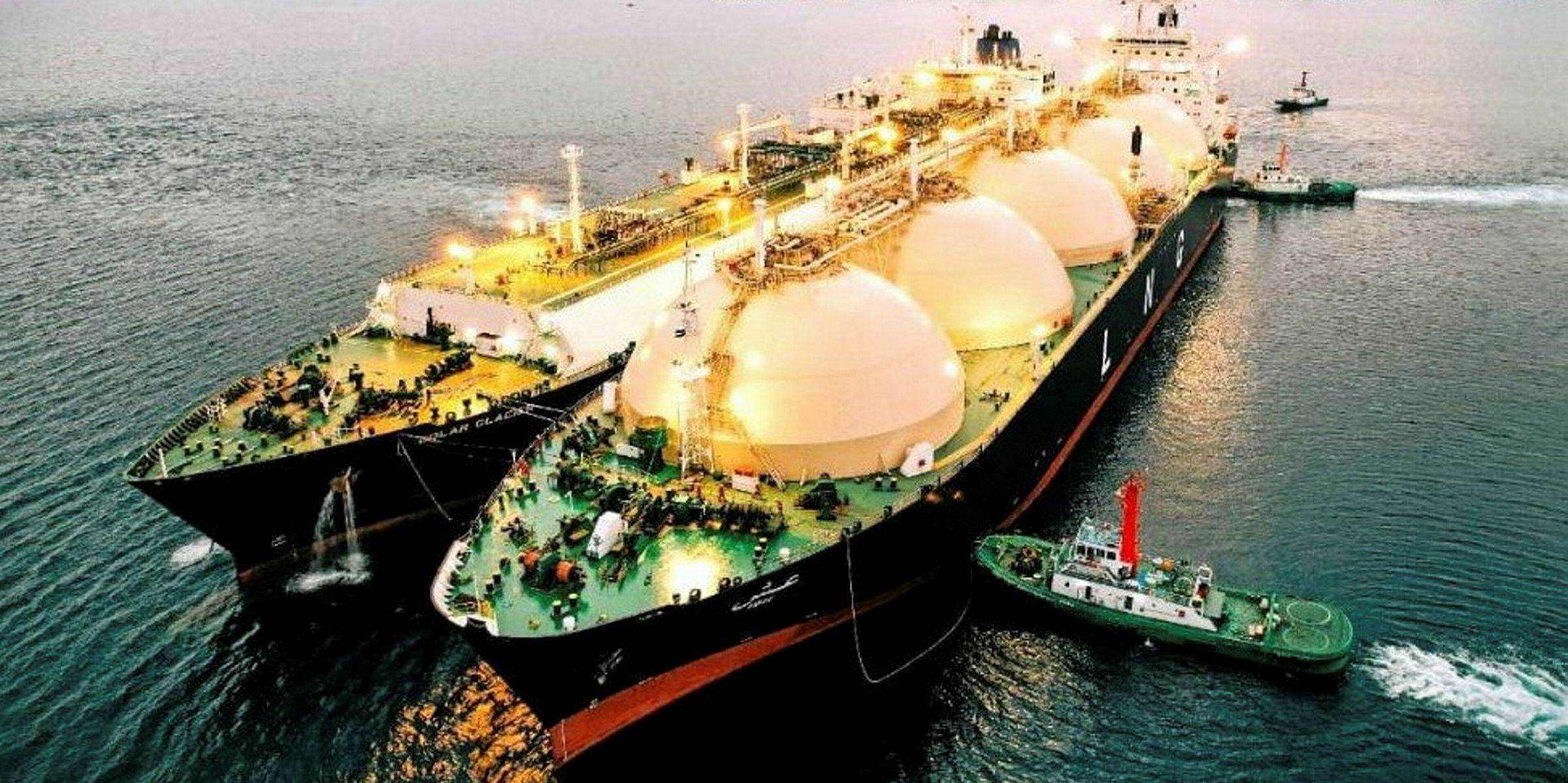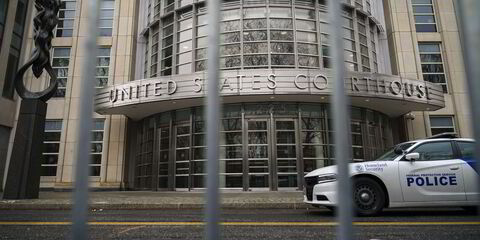There is a saying about London buses, that it can be a long wait for one to come along and when one does a whole bunch will then appear together.
The same seems to apply to LNG import terminals these days.
April has seen the arrival of the LNG vessels that will provide the floating elements for two new importers — Hong Kong and the Philippines.
Turkey has fired up its newly installed third floating storage and regasification unit in Saros Bay, the Botas-chartered Vasant 1, which has taken delivery of its first cargo.
While land rather than FSRU-based, India has brought onstream its new Dhamra LNG terminal on the east coast state of Odisha with capacity for five million tonnes per annum. The TotalEnergies and Adani joint venture operated facility has already received a Qatari cargo and started sending gas to the grid.
These come on the back of an equally busy turn of the year as Europe put six floating LNG import projects into operation for new importers Finland and Germany and existing buyer the Netherlands as the region moved to replace Russian pipeline gas supply.
The action continued in March with Italy’s Snam bringing in the first of three FSRUs for the country.
And there are more FSRU-backed projects scheduled to come online during 2023 and into the start of next year in France, Italy, Germany, Greece, the Philippines and Cyprus, along with other locations.
FSRU import projects have traditionally proved complex and time-consuming to put into place. Consultants working on them point to problems relating to permitting, securing gas buyers and a host of government policy changes as among the issues that can complicate.
Japanese shipowner Mitsui OSK Lines inked a chartered deal on its regas unit for the Hong Kong project in 2018 but the vessel has had to find other employment in the interim and only arrived on the berth last week — five years later.
Projects such as the one in Hong Kong and those planned for the Philippines are largely demand-led and based on the coal and oil-to-gas switch to decarbonise power facilities. LNG pricing is clearly a key element in their viability, with 2022 record prices stalling progress on many developments in the region.
In contrast, the swathe of new European FSRU terminals, while needed to replace lost Russian pipeline gas, have largely been driven by energy security concerns. At least four were catapulted into operation in under a year.
Fear-laden forecasts from brokers and consultants bounced around the industry and while Europe managed to plug the gas gap for the past winter it may still be caught short on supply for the 2023 to 2024 period.
Now what has proved a warmer-than-expected winter, a fall in Chinese LNG imports and flat buying from traditional big importers such as Japan, South Korea and Taiwan has left European storage in a good position pre-winter.
Rystad Energy puts it at 56.7% full — “way above the 2021 and 2022 levels for the same time of the year”, the consultant said.
In the mid-to-near term, Europe is expected to use and continue to build out its FSRU-based terminals to give countries the security they need now that Russian pipeline gas has halted. The Netherlands and Germany also want to end their LNG imports from Russia and the shuttering of German nuclear plants will add more pressure to ship in cargoes.
But looming over all of this is the pressure on governments to decarbonise.
At this month’s meeting G7 meeting in Japan, climate and environment ministers said “investment in the gas sector can be appropriate to help address potential market shortfalls” provoked by the Russia-Ukraine crisis, but only if implemented in a way that is consistent with climate objectives.
Poten & Partners advisor and managing editor Melanie Lovatt described financiers as “reasonably positive” about LNG and while she said they were “eager” to fund LNG import infrastructure, she also pointed out that some European banks are trying to reduce their exposure to fossil fuels.
Lovatt also flagged that LNG sales to Europe have slowed, with buyers there tending to opt for midterm solutions on purchases.
Some industry players have questioned whether all of Europe’s planned floating regas will be put in place or whether some units could eventually prove underutilised.
FSRUs have shown themselves to be a quick fix for Europe but while potentially more challenging to put together they may prove longer-playing solutions for other economies outside that region — for now at least.
